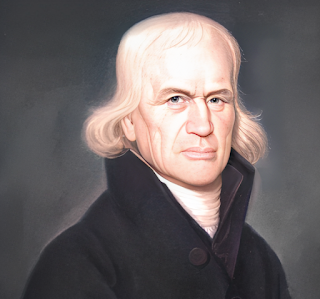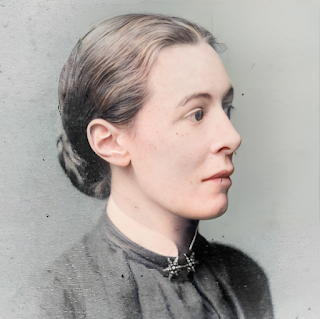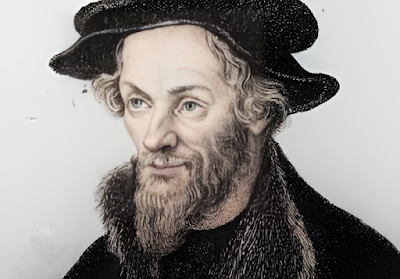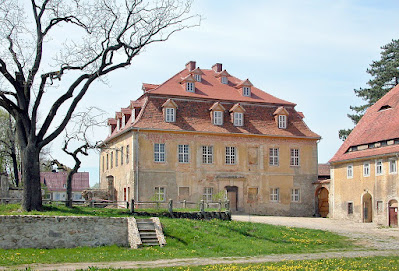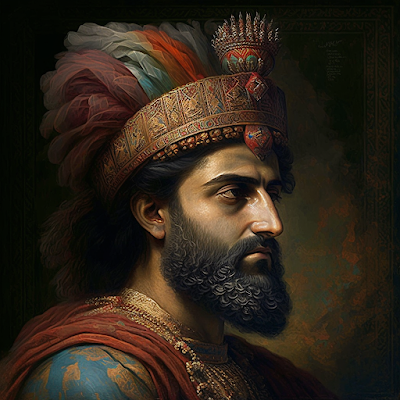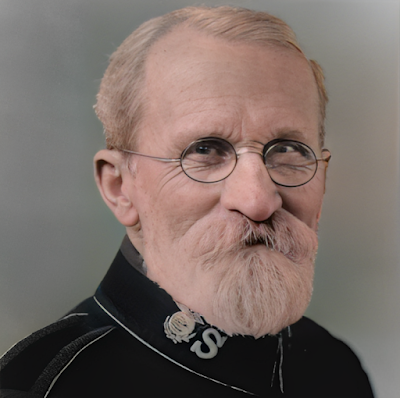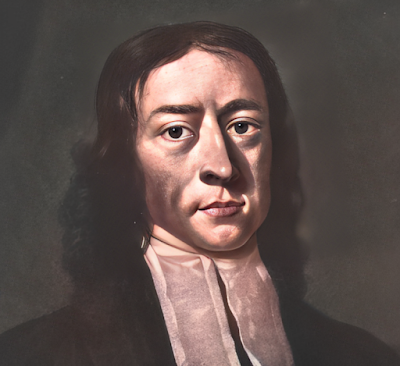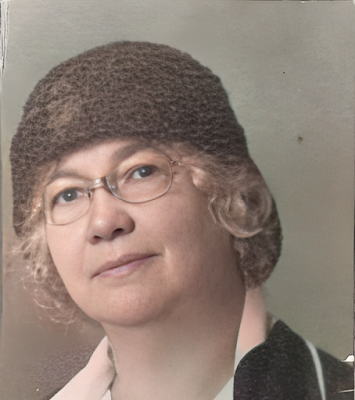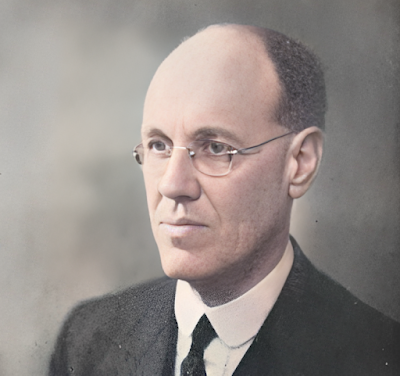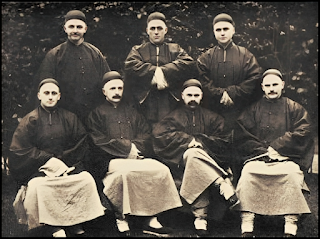Alexander the Great
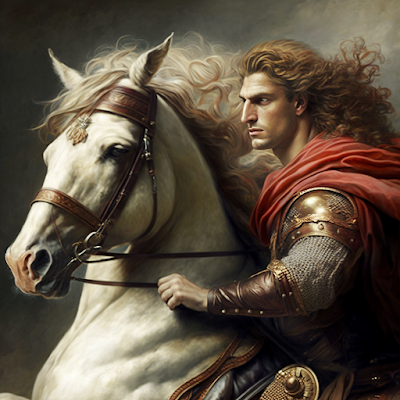
Alexander III of Macedon, commonly known as Alexander the Great, was a King of Macedonia who lived from 356 BC to 323 BC. He is widely regarded as one of the most successful military commanders in history, and his empire spanned from Greece to northwestern India. Alexander was born in Pella, Macedonia, in 356 BC, the son of King Philip II of Macedon and Queen Olympia. He was educated by the philosopher Aristotle and showed an early interest in military strategy and tactics. In 336 BC, at the age of 20, he succeeded his father as king after Philip II was assassinated. Alexander quickly consolidated his power in Greece and then set his sights on the Persian Empire, which had been the dominant power in the region for centuries. In 334 BC, he crossed the Hellespont with an army of approximately 35,000 soldiers and began his campaign against Persia. Alexander won a series of decisive battles against the Persians, including the battles of Issus and Gaugamela, and by 330 BC, he had conquered ...

